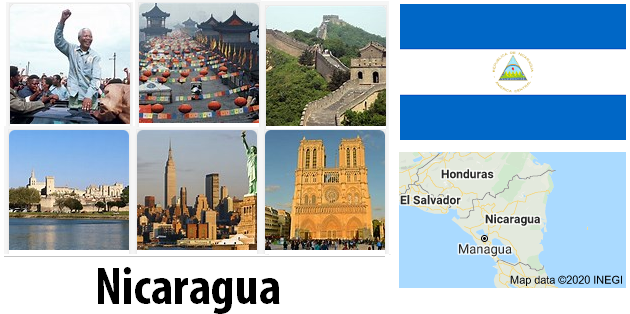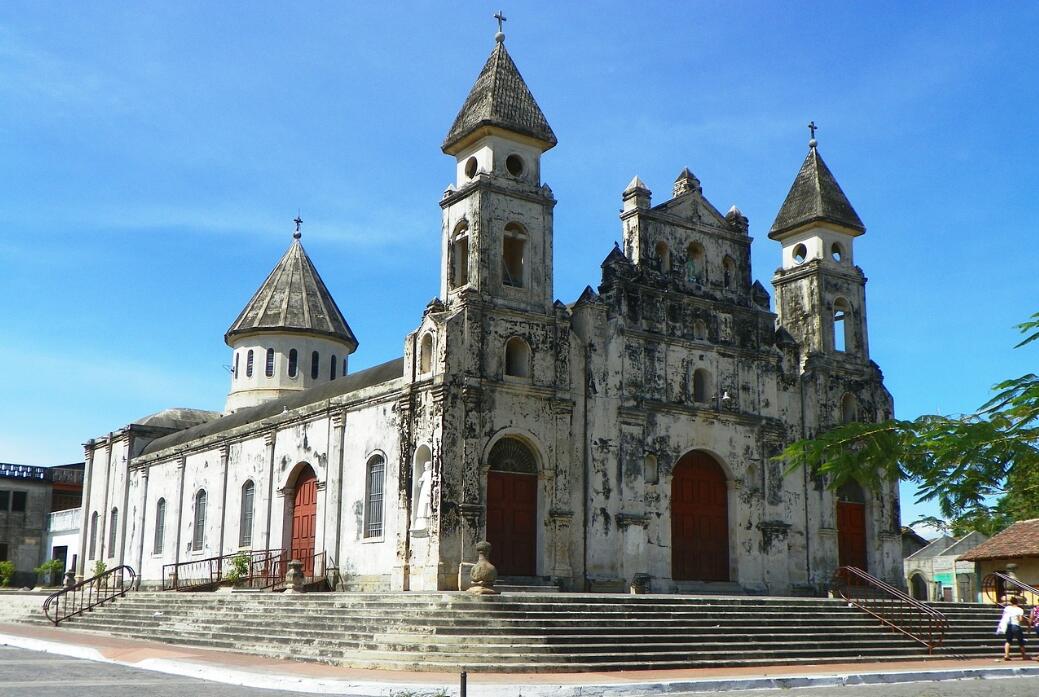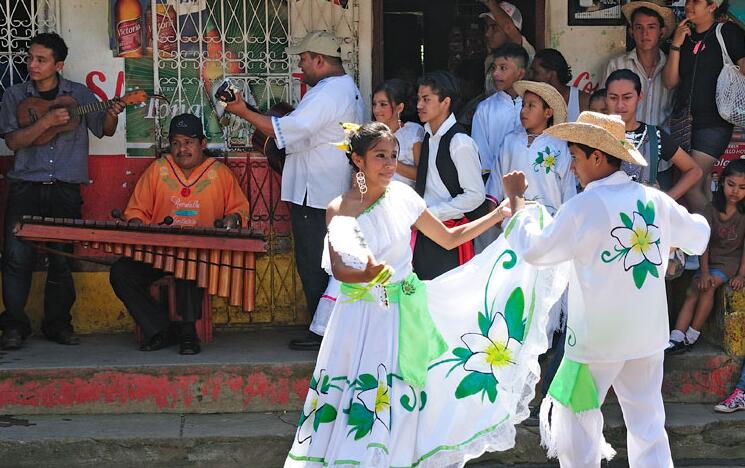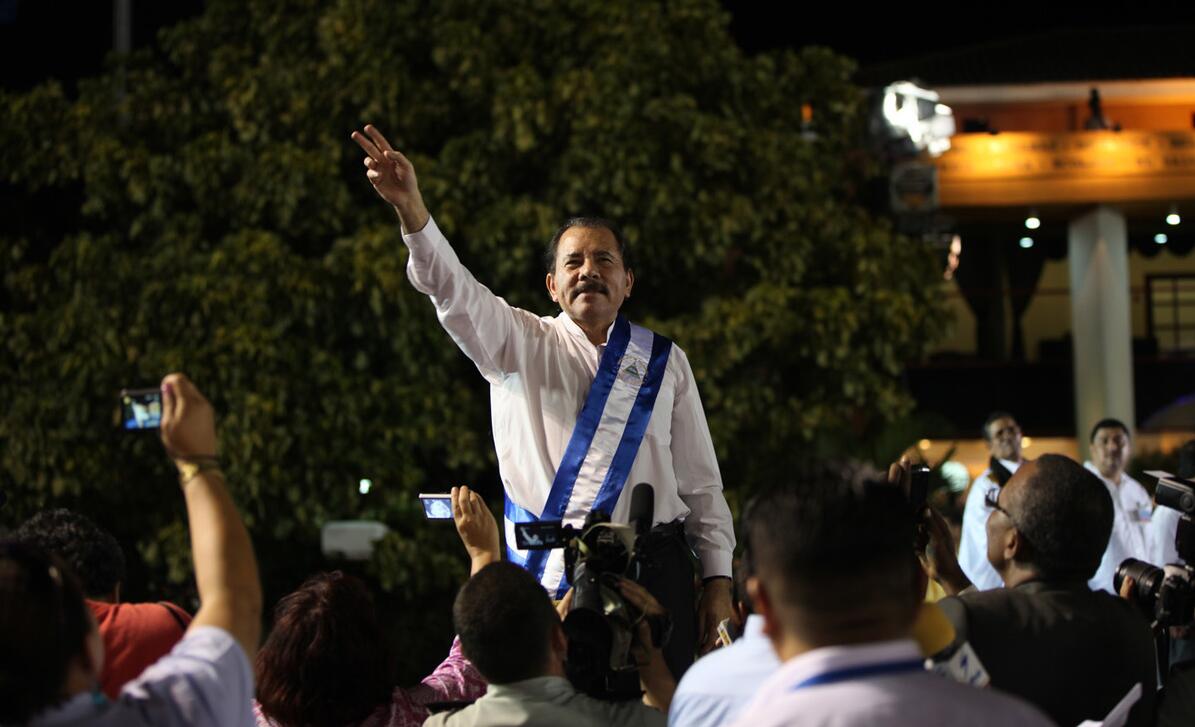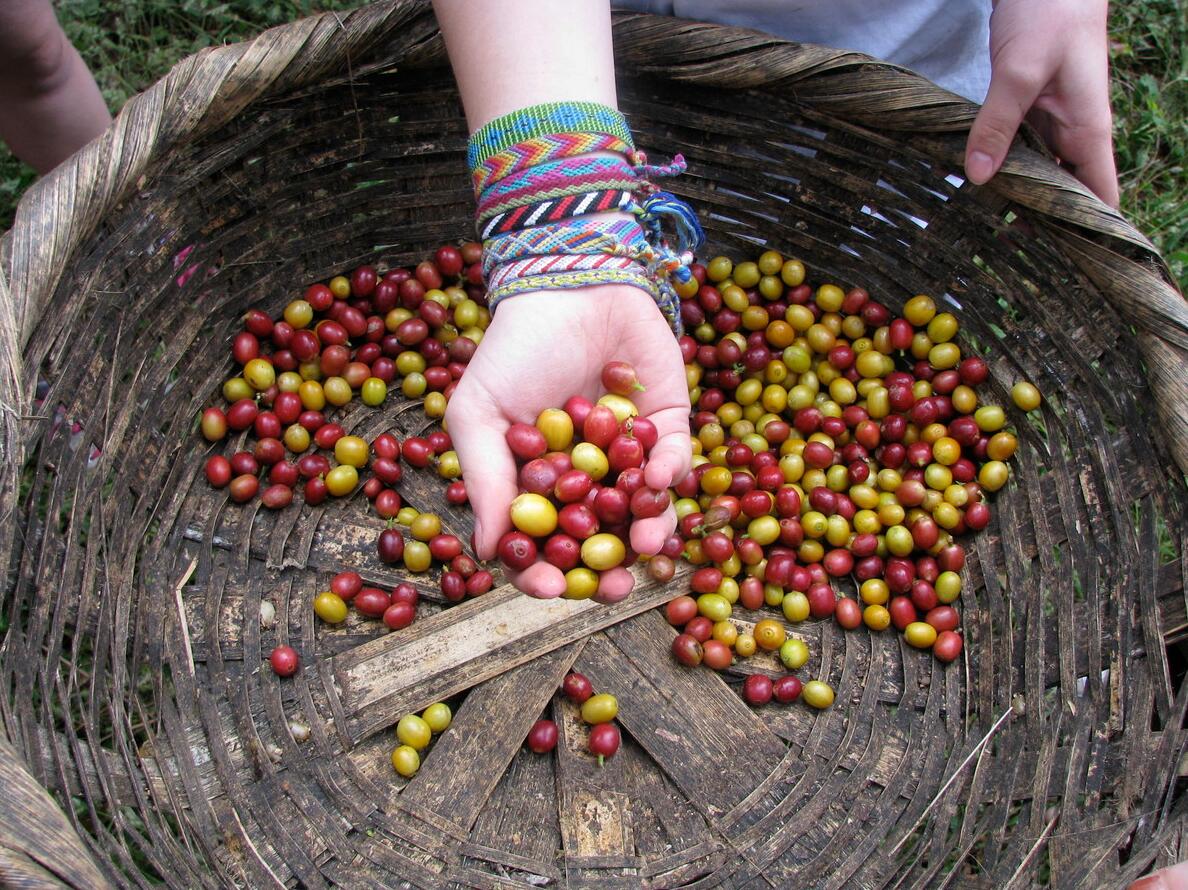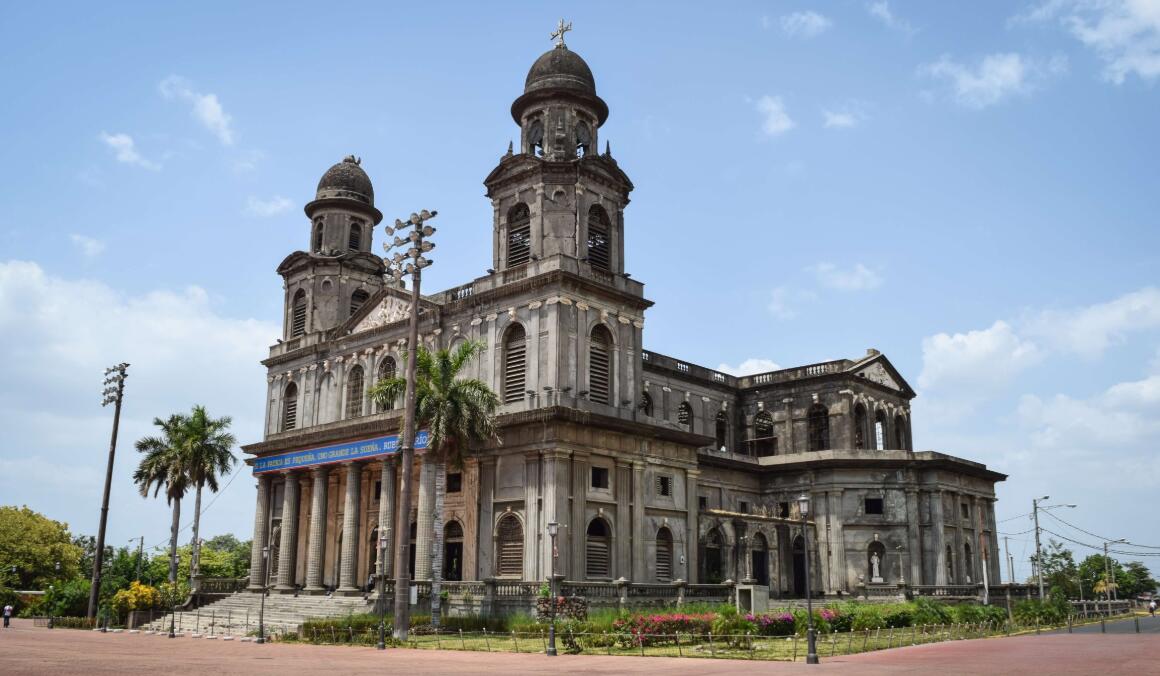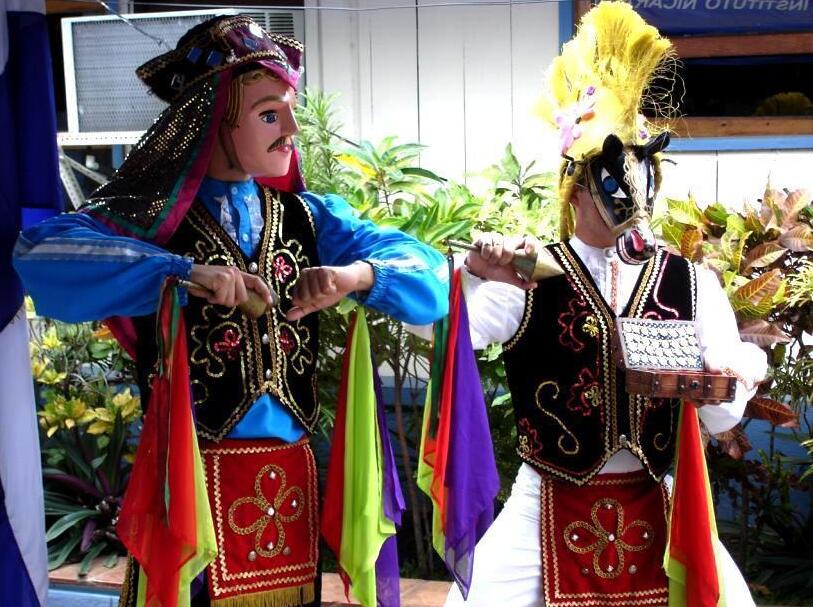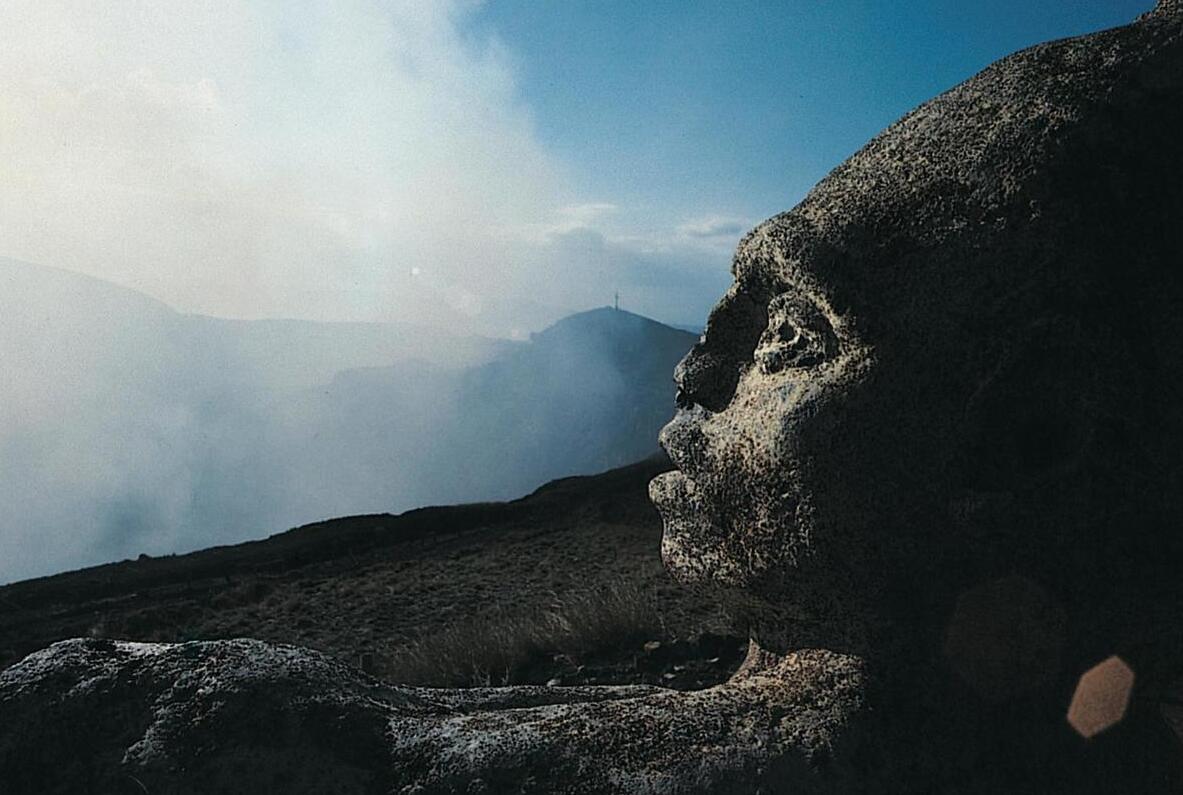State Structure and Political System of Nicaragua
Nicaragua is a democratic state, a unitary presidential republic. The 1987 Constitution is in force with amendments in 1995 and 2000, which fixed the principle of separation of powers, the depoliticization of the army, the de-ideologization of education and the expansion of the powers of parliament. Administrative division: 15 departments (Boaco, Granada, Carazo, Leon, Madriz, […]
Continue Reading
